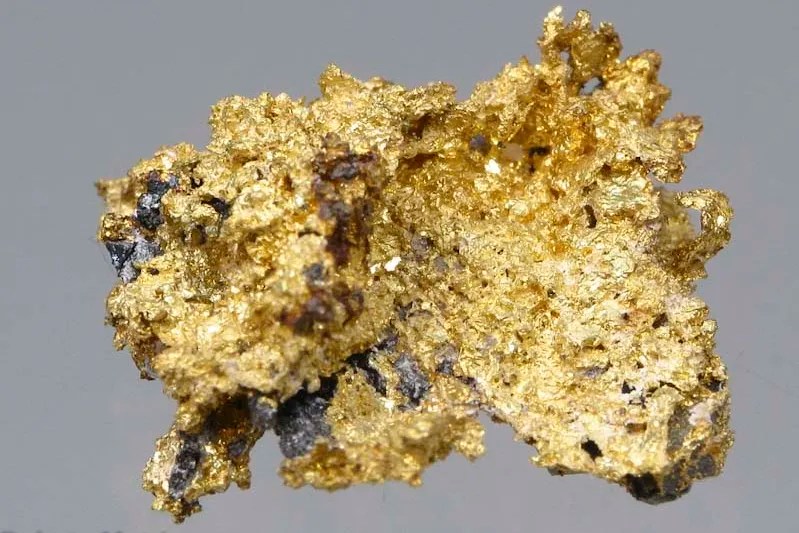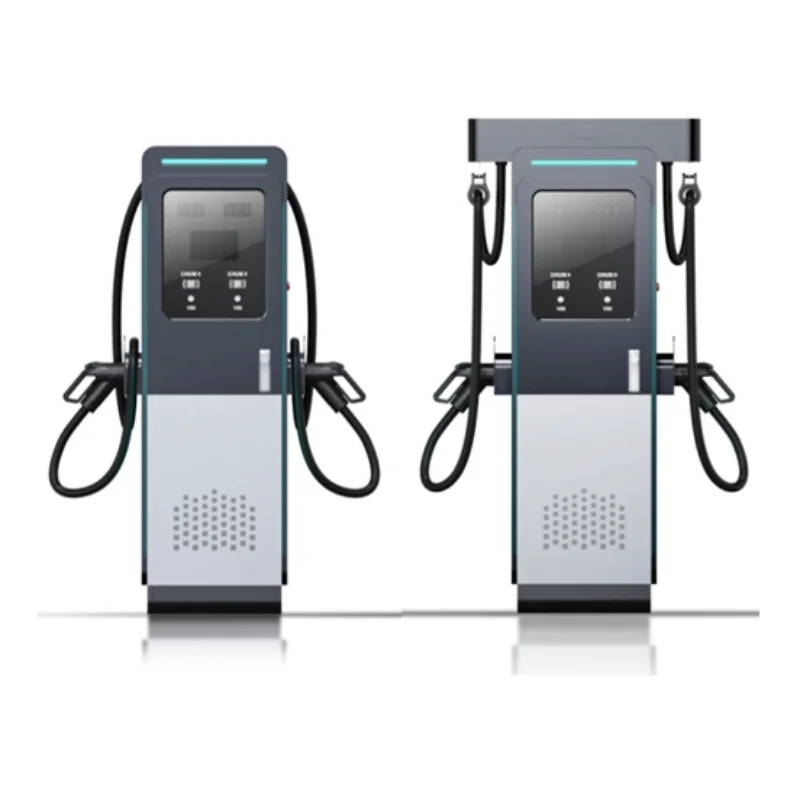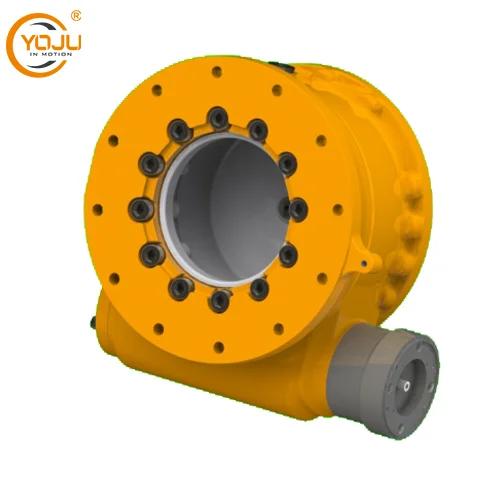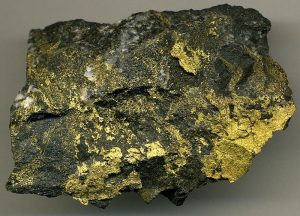Mineral deposits are the lifeblood of the mining industry, providing valuable resources for various sectors such as construction, manufacturing, and energy production. However, the process of finding these deposits is no easy task. Mining companies employ a range of advanced techniques and technologies to locate and assess potential mineral deposits. In this blog post, we will delve into the world of mineral exploration and uncover the strategies used by mining companies to discover these hidden treasures.
- Remote Sensing and Satellite Imagery:
Mining companies harness the power of remote sensing and satellite imagery to identify potential mineral deposits. By analyzing various spectral signatures and geological features, experts can detect anomalies that may indicate the presence of valuable minerals. Advanced algorithms and machine learning techniques are employed to process vast amounts of data, enabling companies to pinpoint areas with high mineral potential. - Geophysical Surveys:
Geophysical surveys play a crucial role in mineral exploration. These surveys involve measuring and mapping physical properties of the Earth's subsurface, such as magnetic fields, electrical conductivity, and gravity. By analyzing these data, geophysicists can identify subsurface structures and anomalies that may indicate the presence of mineral deposits. Techniques like magnetic surveys, induced polarization, and ground-penetrating radar are commonly used in this process. - Geochemical Analysis:
Mining companies rely on geochemical analysis to assess the composition of rocks, soils, and water in a given area. This analysis involves collecting samples and analyzing them for trace elements and minerals associated with valuable deposits. By studying the distribution and concentration of these elements, geologists can identify areas with potential mineralization. Advanced techniques such as mass spectrometry and X-ray fluorescence spectroscopy are employed to ensure accurate and precise results. - Drilling and Core Sampling:
Once potential mineral deposits are identified, mining companies utilize drilling techniques to gather more detailed information. Core sampling involves extracting cylindrical samples of rock from the subsurface, allowing geologists to analyze the mineral composition, structure, and grade. This data is crucial for determining the economic viability of a deposit and planning future mining operations. - Data Integration and Modeling:
To maximize the efficiency and success of mineral exploration, mining companies employ sophisticated data integration and modeling techniques. By combining geological, geophysical, and geochemical data, experts can create comprehensive 3D models of the subsurface. These models help identify potential deposit locations, understand the geological processes that formed them, and optimize exploration strategies.
Conclusion:
The process of finding mineral deposits is a complex and multidisciplinary endeavor. Mining companies utilize a combination of remote sensing, geophysical surveys, geochemical analysis, drilling, and data integration to identify and assess potential deposits. By leveraging advanced technologies and techniques, these companies can increase their chances of discovering valuable mineral resources. The continuous development and refinement of these exploration methods contribute to the sustainable growth of the mining industry and ensure the availability of essential resources for future generations.










+ There are no comments
Add yours